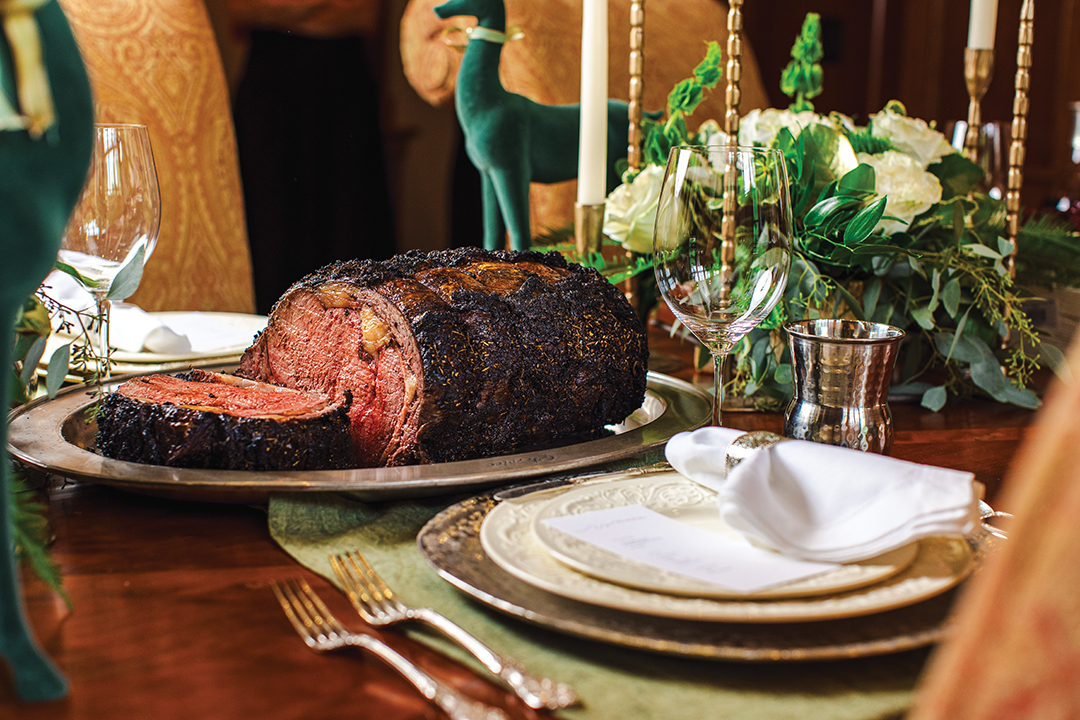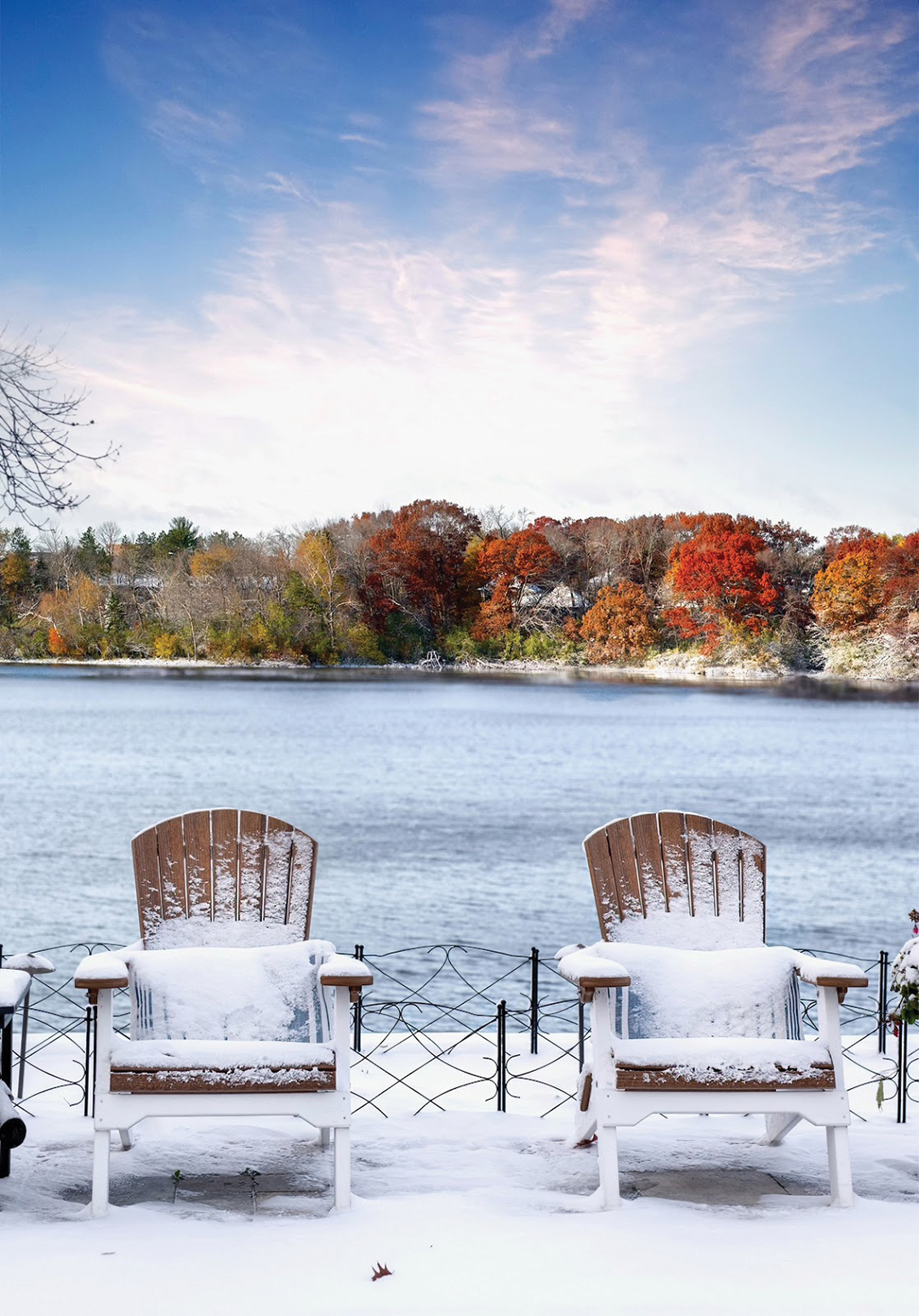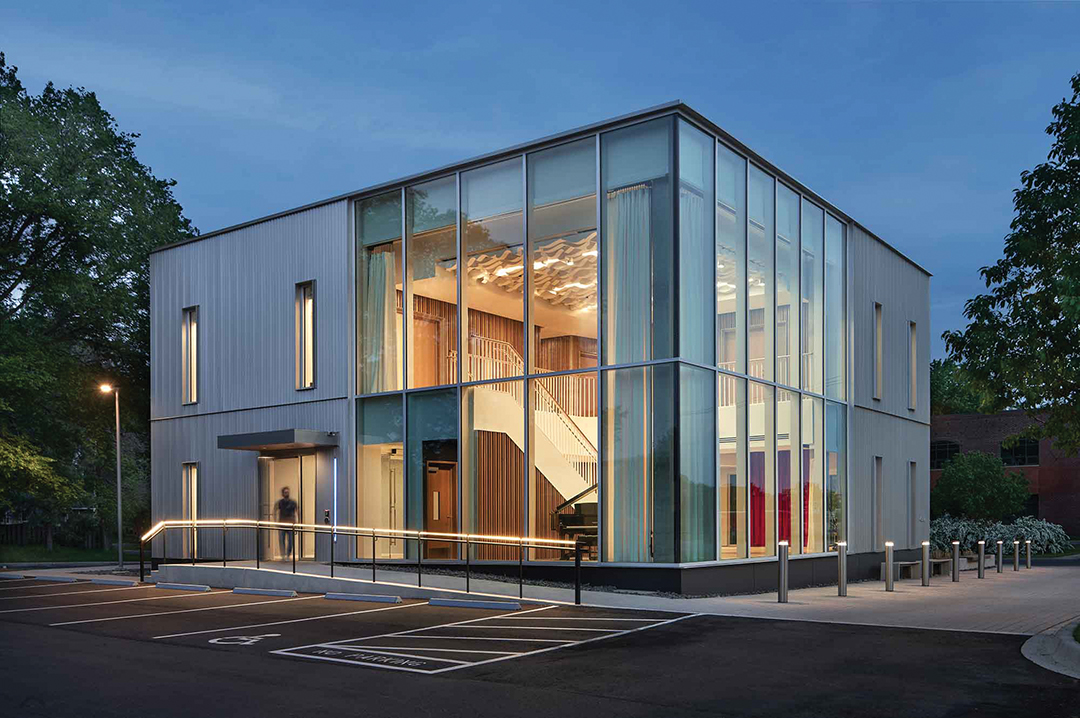
Photo: White Bear Lake Area Historical Society
With Native American influences, stunning homes and an iconic bridge, Manitou Island has much to offer.
Manitou Island has always been something of a magical place in the hearts and minds of the people of the area. Manitou means “spirit” in several Native American languages, and the island got the name when the legend of the white bear was popularized during the 1880s. There are many variations of the legend, but each involves an American Indian man and woman, as well as a white bear. It is said the spirit of the slain white bear remains to protect the island.
In the early records of this area, the island was a popular stop for tapping maple trees for sap, hunting waterfowl or enjoying the refreshing lake breezes. William W. Sweeney and Jonathan E. McKusick of Stillwater made the first recorded claim to this property in 1852. The property changed hands several times throughout the 1860s and 1870s, and was often transferred as part of larger tracts of land.
In the summer of 1881, a group of 14 men formed the Manitou Island Land and Improvement Co. and purchased the island; six of them built or owned homes on the island in the ensuing years. By 1882, several improvements had been made, including the first bridge from the mainland to the island, a clubhouse in the center and barns for the use of the residents.
Over the decades, Manitou Island has had homes designed by noted architects including Cass Gilbert, Edwin Lundie and Clarence H. Johnston. The era of the community clubhouse came to an end relatively soon after it was built, and the structure was destroyed by fire in the winter of 1899-1900; the lot has since been utilized as a park. Today, only the private homes remain from those early years.
Sara Markoe Hanson is the executive director of the White Bear Lake Area Historical Society. She is one of a handful of community representatives sharing history thoughts monthly.
For more information on Manitou Island, visit whitebearhistory.org, or call 651.407.5327.






















